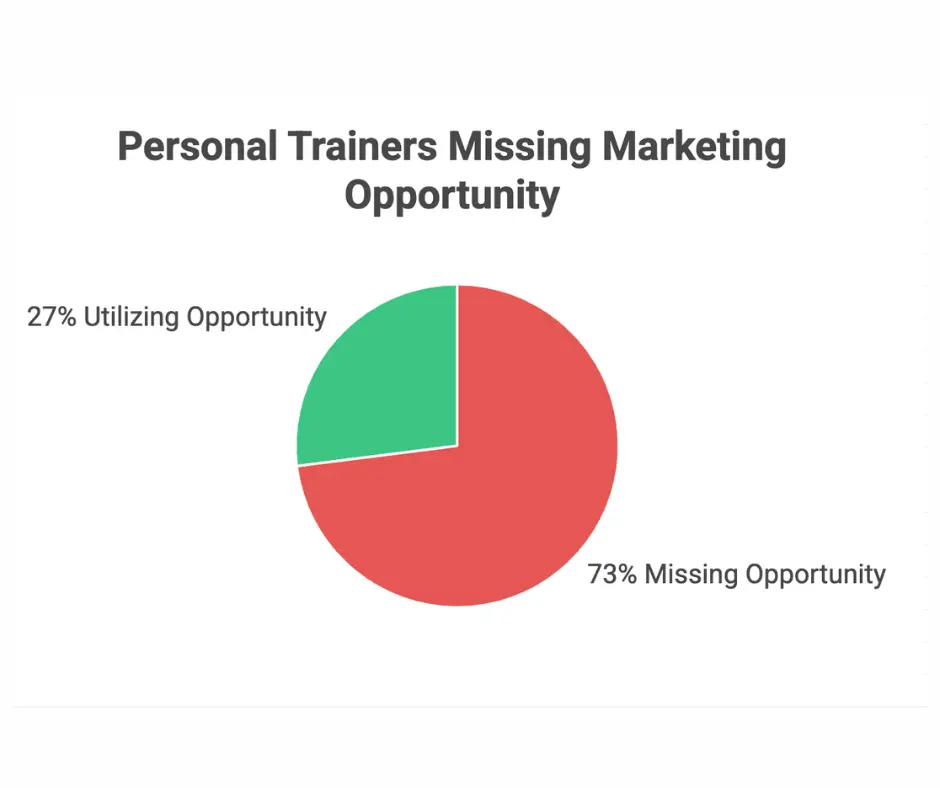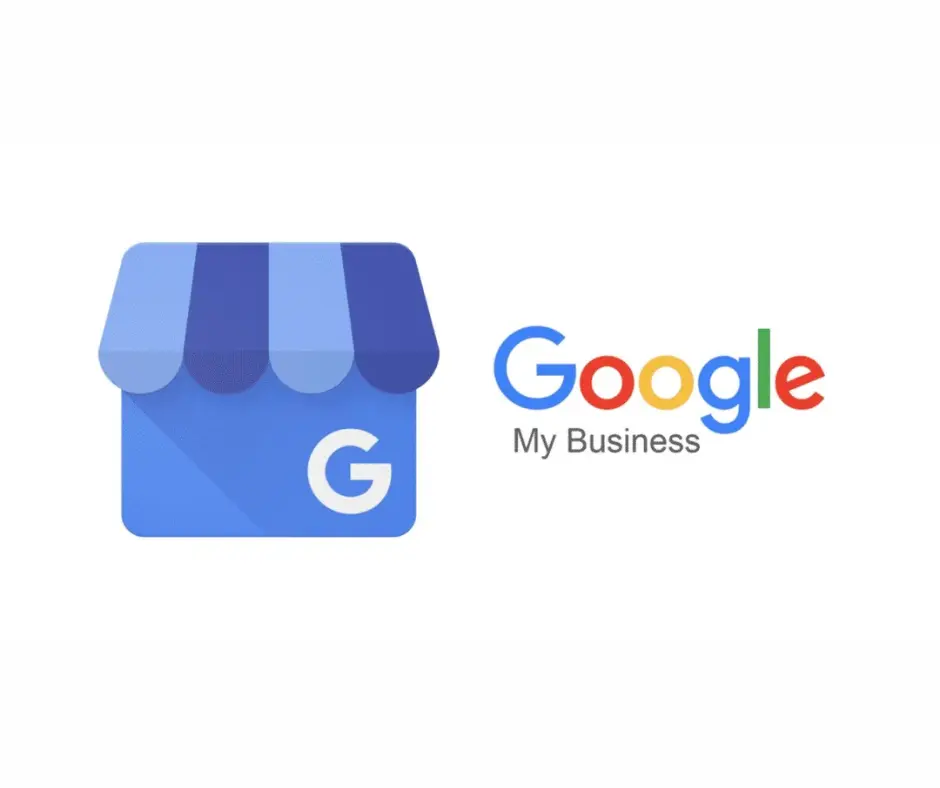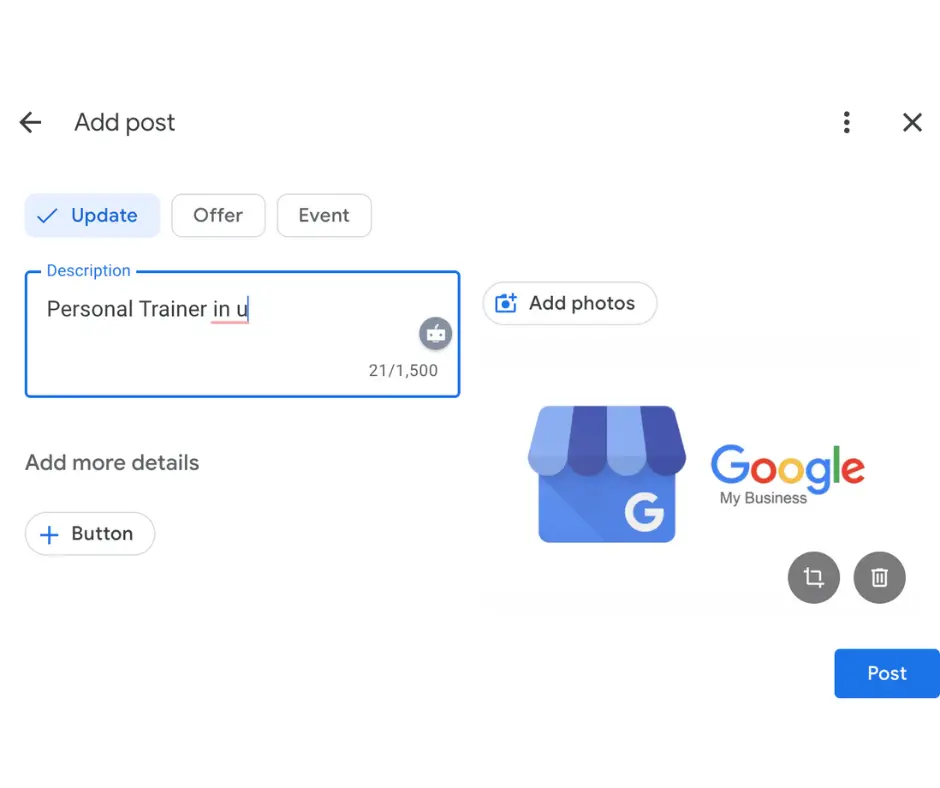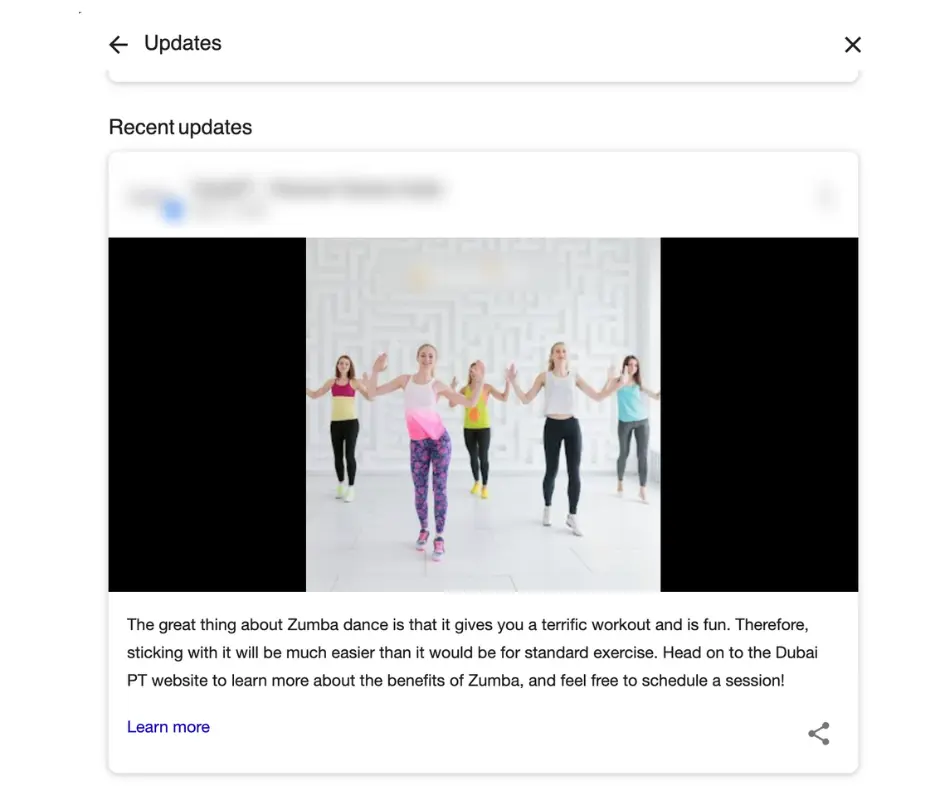Our analysis of 1,000+ personal trainer websites reveals a shocking truth: most fitness professionals are leaving money on the table.
While 93% of local searches begin on Google, only 27% of personal trainers have fully optimized their Google My Business profiles. This creates a massive opportunity for trainers willing to invest 2-3 hours into proper GMB optimization.
The result? Trainers who optimize their profiles see an average 40% increase in local visibility within 90 days.
Here’s your complete roadmap to dominating local fitness searches.

Your Google My Business profile is your digital storefront.
When someone searches “personal trainer near me” or “fitness coach [your city],” your GMB profile determines whether you appear in the coveted local pack. Industry benchmarks indicate that businesses appearing in the top three local results capture 69% of all clicks.
Consider this scenario: Two personal trainers in Austin both offer similar services at comparable prices. Trainer A has a basic GMB profile with three photos and no reviews. Trainer B has an optimized profile with 47 reviews, weekly posts, and complete business information.
Trainer B gets 5x more local search traffic.
The opportunity cost of ignoring GMB optimization can exceed $2,000 monthly in lost revenue for established trainers.

Your NAP (Name, Address, Phone) must match exactly across all online platforms. Even minor inconsistencies like “St.” versus “Street” can hurt your local rankings.
Verify your business hours are current and accurate. Google penalizes profiles with incorrect hours, especially after recent algorithm updates prioritizing reliable business information.
Choose your primary category carefully – it determines which local searches trigger your profile appearance.
Primary category options for personal trainers:
Select “Personal Trainer” as your primary category for maximum relevance. Add secondary categories like “Nutritionist” or “Weight Loss Service” if applicable to your services.
Define your service area strategically based on local competition analysis.
If you’re mobile, set your service radius to cover areas where you can realistically serve clients. Casting too wide a net dilutes your local relevance signals.

Photos directly influence click-through rates from local search results.
Google’s internal data shows profiles with 10+ high-quality photos receive 42% more direction requests than profiles with minimal photos.
Upload photos in this priority order:
[INSERT IMAGE: Example of optimized GMB photo gallery]
Optimize images for both quality and loading speed:

Reviews function as ranking factors and conversion drivers simultaneously.
Analysis of local search algorithms demonstrates that review velocity (new reviews per month) correlates strongly with local pack rankings. Aim for 5-8 new reviews monthly to maintain competitive momentum.
Implement systematic review collection:
Timing Strategy: Request reviews immediately after successful training milestones – completed programs, achieved goals, or breakthrough moments.
Multiple Platform Approach: While Google reviews carry the most weight, diversify across:
Review Request Templates: Create templates that feel personal but ensure consistency:
“Hi [Client Name], congratulations on hitting your strength goal! Your dedication has been incredible to watch. Would you mind sharing your experience with future clients by leaving a quick review on our Google page? It helps other people find the support they need. [Link]”
Respond to all reviews within 48 hours – Google tracks response times as a local ranking signal.
Positive Review Responses: Thank the client specifically for mentioned achievements. Reference their progress or goals to personalize your response.
Negative Review Responses: Address concerns professionally and invite offline conversation. Never argue publicly – it hurts your professional image and potentially violates Google’s guidelines.

Google Posts expire after seven days, requiring consistent content creation.
Posts appear directly in your knowledge panel and local search results, providing additional real estate for your business information. Regular posting signals business activity to Google’s algorithm.
Create posts in these categories:
Weekly Workout Tips: Share 2-3 exercise demonstrations with proper form cues
Client Success Stories: Highlight transformations with client permission
Fitness Industry News: Comment on health trends relevant to your audience
Seasonal Content: Address New Year motivation, summer prep, holiday fitness
Behind-the-Scenes: Show your training philosophy and personality
Each post should include:

Google continuously adds features that provide competitive advantages for early adopters.
Enable messaging to capture leads who prefer text communication over phone calls. Data from local businesses shows 23% higher conversion rates from messaging versus traditional contact forms.
Set up automated responses for common questions:
Connect scheduling software directly to your GMB profile. Clients can book consultations without leaving Google search results.
Compatible booking platforms:
List specific services with descriptions and pricing where appropriate:

Your GMB optimization should align with comprehensive local SEO efforts.
Ensure your business information matches across major directories:
Create blog content that supports your GMB optimization:
Link these articles from your website to your GMB profile for improved local relevance signals.
Google provides detailed insights for measuring optimization success.
Monitor these metrics monthly:
Search Appearance Metrics:
Engagement Metrics:
Conversion Tracking:
Compare your metrics against industry standards:
[INSERT IMAGE: GMB insights dashboard example]

Avoid these critical errors that prevent ranking improvements:
Never add keywords to your official business name. “John’s Personal Training” is correct. “John’s Personal Training Weight Loss Fitness Gym” violates Google’s guidelines and risks suspension.
Update hours immediately for holidays, vacations, or schedule changes. Outdated hours hurt both rankings and client experience.
Monitor and respond to questions in your Q&A section. Unanswered questions suggest inactive business management.
Never buy reviews or create fake accounts. Google’s algorithm detects artificial review patterns and penalizes businesses with ranking drops or profile suspension.
Most businesses see initial improvements within 2-4 weeks. Significant ranking increases typically occur 6-12 weeks after optimization completion.
Lorem ipsum dolor sit amet, consectetur adipiscing elit. Ut elit tellus, luctus nec ullamcorper mattis, pulvinar dapibus leo.
Lorem ipsum dolor sit amet, consectetur adipiscing elit. Ut elit tellus, luctus nec ullamcorper mattis, pulvinar dapibus leo.
Lorem ipsum dolor sit amet, consectetur adipiscing elit. Ut elit tellus, luctus nec ullamcorper mattis, pulvinar dapibus leo.
Lorem ipsum dolor sit amet, consectetur adipiscing elit. Ut elit tellus, luctus nec ullamcorper mattis, pulvinar dapibus leo.
Lorem ipsum dolor sit amet, consectetur adipiscing elit. Ut elit tellus, luctus nec ullamcorper mattis, pulvinar dapibus leo.



Copyright © 2023 kitpapa.com All rights reserved.